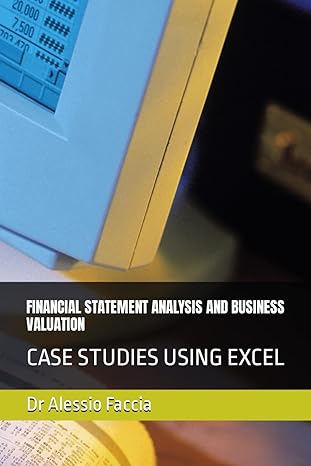Answered step by step
Verified Expert Solution
Question
1 Approved Answer
11. Strategy 3-Dollar-cost averaging Dollar-cost averaging is a systematic program of investing equal sums of money at regular intervals, regardless of the price of the
11. Strategy 3-Dollar-cost averaging Dollar-cost averaging is a systematic program of investing equal sums of money at regular intervals, regardless of the price of the investment. Investing by dollar-cost averaging means that you purchase number of shares when the share price is down. And you purchase number of shares when the price is up. Therefore, dollar-cost averaging allows you to purchase most of your investment shares at costs. Suppose that Felix is an investor using a dollar-cost averaging investment strategy. Each month Felix invests $400, regardless of the price of the investment at that particular time. The following table shows how a dollar-cost averaging strategy would affect Felix's investment in a fluctuating market, a declining market, and a rising market. For each market type, calculate the average share price and the average share cost based on the information given in the table. Note: Round your answers to the nearest penny. Fluctuating Market Regular Investment Share Price Shares Acquired Period 1: $400 $25 16 Period 2: 400 20 20 Period 3: 400 25 16 Period 4: 400 20 20 Period 5: 400 25 16 Totals: $2,000 $115 88 Average share price: Average share cost: $ Regular Investment Declining Market Share Price Shares Acquired Period 1: $400 $25 16 Period 2: 400 20 20 Period 3: 400 20 20 Period 4: 400 10 40 Period 5: 400 8 50 Totals: $2,000 $83 146 Average share price: $ Average share cost: $ Rising Market Regular Investment Share Price Shares Acquired Period 1: $400 $5 80 Period 2: 400 B 50 Period 3:3 400 10 40 Period 4: 400 20 20 Period 5:1 400 Totals: 25 16 $2,000 $68 206 Average share price: $ Average share cost: $ Hints: To calculate the average share price, simply divide the share price total by the number of investment periods (5). To calculate the average share cost, simply divide the total amount invested by the total number of shares purchased. Round your answers to nearest dollar. Enter all values as positive. In the fluctuating market, Felix purchased a total of of shares. At the end of the last investment period, his investment is worth per share, which means that Felix's final account balance would be $ However, Felix has invested a total of $2,000, which means that he has received a Round your answers to nearest dollar. Enter all values as positive. In the declining market, Felix purchased a total of shares. At the end of the last investment period, his investment is worth per share, which means that Felix's final account balance would be $ means that he has received a of S However, Felix has invested a total of $2,000, which If you are using a dollar-cost averaging strategy, and if you sell your investment shares when the market is significantly down, you will not profit. This means that you should keep investing as long as the longer-term prospect suggests an eventual increase in price. Round your answers to nearest dollar. Enter all values as positive. In the rising market, Felix purchased a total of shares. At the end of the last investment period, his investment is worth per share, which means that Felix's final account balance would be S means that he has received a of $ buy fewer and fewer shares as the price continues to rise. However, Felix has invested a total of $2,000, which i You will generally profit from dollar-cost averaging in a rising market because you will
Step by Step Solution
There are 3 Steps involved in it
Step: 1

Get Instant Access to Expert-Tailored Solutions
See step-by-step solutions with expert insights and AI powered tools for academic success
Step: 2

Step: 3

Ace Your Homework with AI
Get the answers you need in no time with our AI-driven, step-by-step assistance
Get Started


